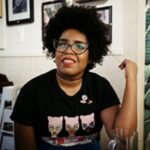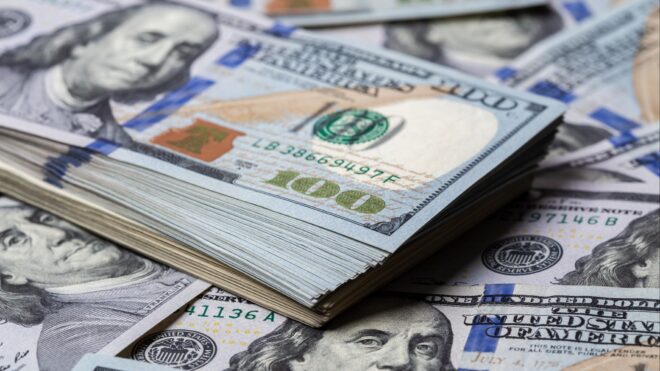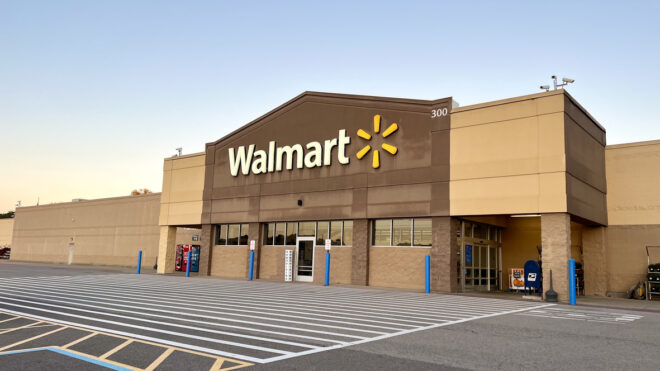The LGBT pride flag, or "Rainbow Flag," has become so common that we take it for granted when we see one dangling from a window or hanging from the awning of a bar. Yet the Rainbow Flag is a pivotal symbol of the LGBT rights movement that began last century and continues today.
As society becomes more inclusive, it's hard to believe that there are still places where something as innocuous as waving a colorful flag can lead to antagonism, hostility, or even violence. First popularized in the late 1970s by creator Gilbert Baker and other San Francisco LGBT-rights activists, the Rainbow Flag is a strong symbol of pride, but it also represents the adversities faced by members of the LGBT community who were courageous enough to simply be themselves when no one else wanted them to. Forty-seven years later, the Rainbow Flag is still used internationally by those fighting the good fight for equality.
The first gay pride flag (or Rainbow Flag) was waved at the San Francisco "Gay Freedom Day Parade" on June 25, 1978.
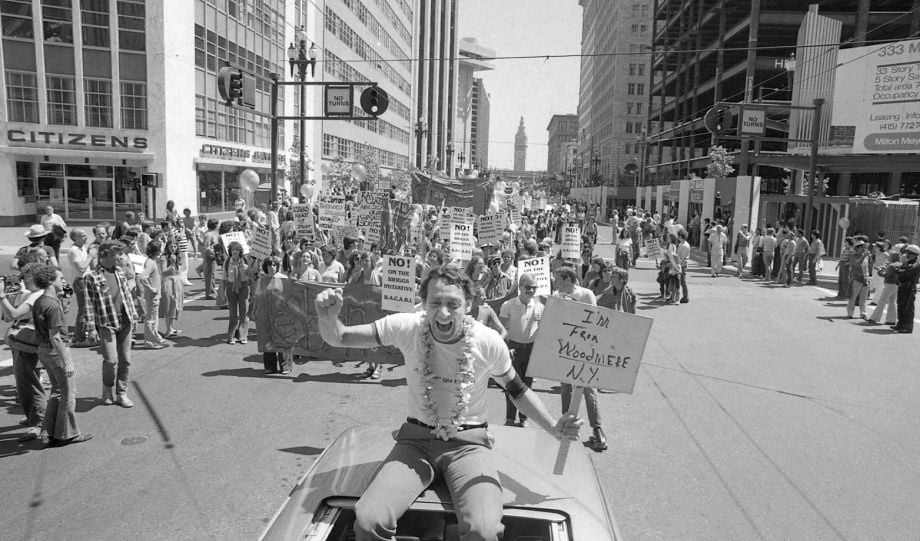
Activist Harvey Milk leads an army of protestors at the Gay Freedom Parade on June 25, 1978. You'll notice the gay pride flag is notably missing — it wasn't popularized or widely used until a bit later.
The Rainbow Flag was designed by artist Gilbert Baker.
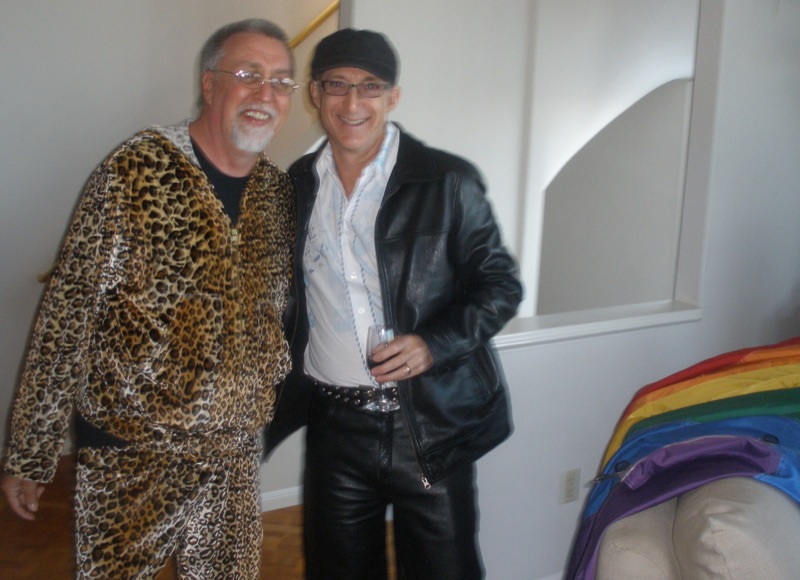
Gilbert Baker first designed and handmade each flag. He later had them mass produced by the Paramount Flag Company.
LGBT pride symbols existed prior to the Rainbow Flag, but none were original.
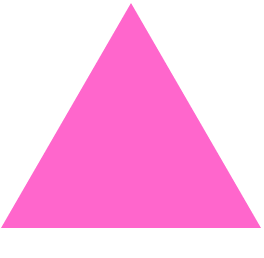
The pink triangle was an early signifier of LGBT pride. The symbol was originally used in Nazi concentration camps as a "shameful badge" used to identify males who were perceived as homosexual. The pink triangle would eventually be reclaimed to represent gay pride — but it isn't as widely used as the Rainbow Flag.
There are many theories about what inspired the Gay Pride Flag.
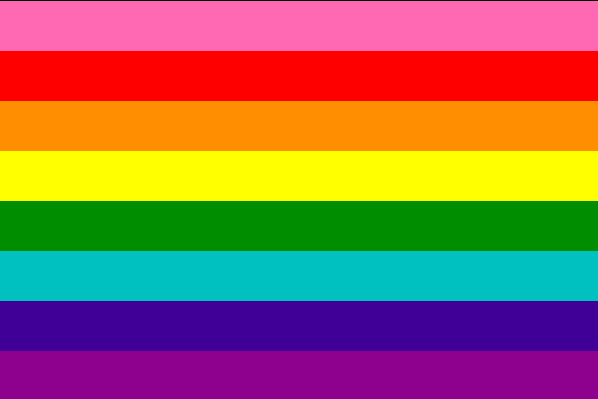
The original flag had eight stripes, though it would change in the following years.
Some believe it was inspired by gay icon Judy Garland's song "Over The Rainbow."
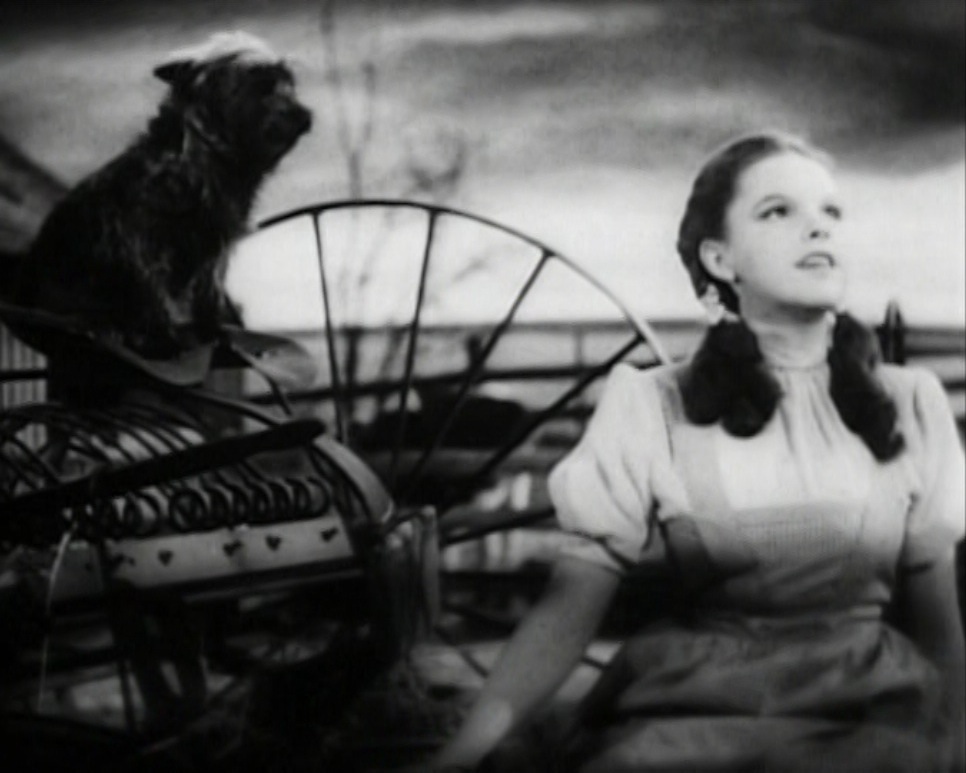
The song inspires listeners to look past the harsh realities of life towards something better and new.
Others believe Baker took inspiration from the "Flag of the Human Race."
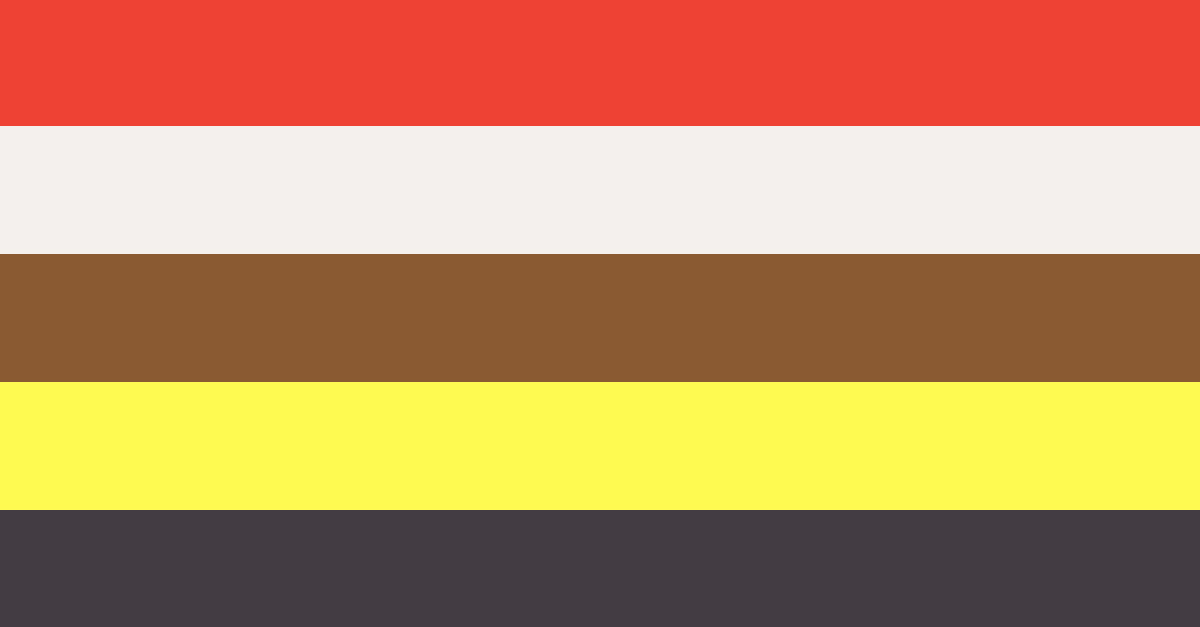
In the 1960s, student activists used the "Flag of the Human Race" to support world peace. Each color in the flag (red, white, yellow, brown and black) represented a race. This flag was also championed by another gay activist during the hippie movement, Allen Ginsberg.
And others have pointed out the flag's resemblance to United States WW1 Victory Medals.
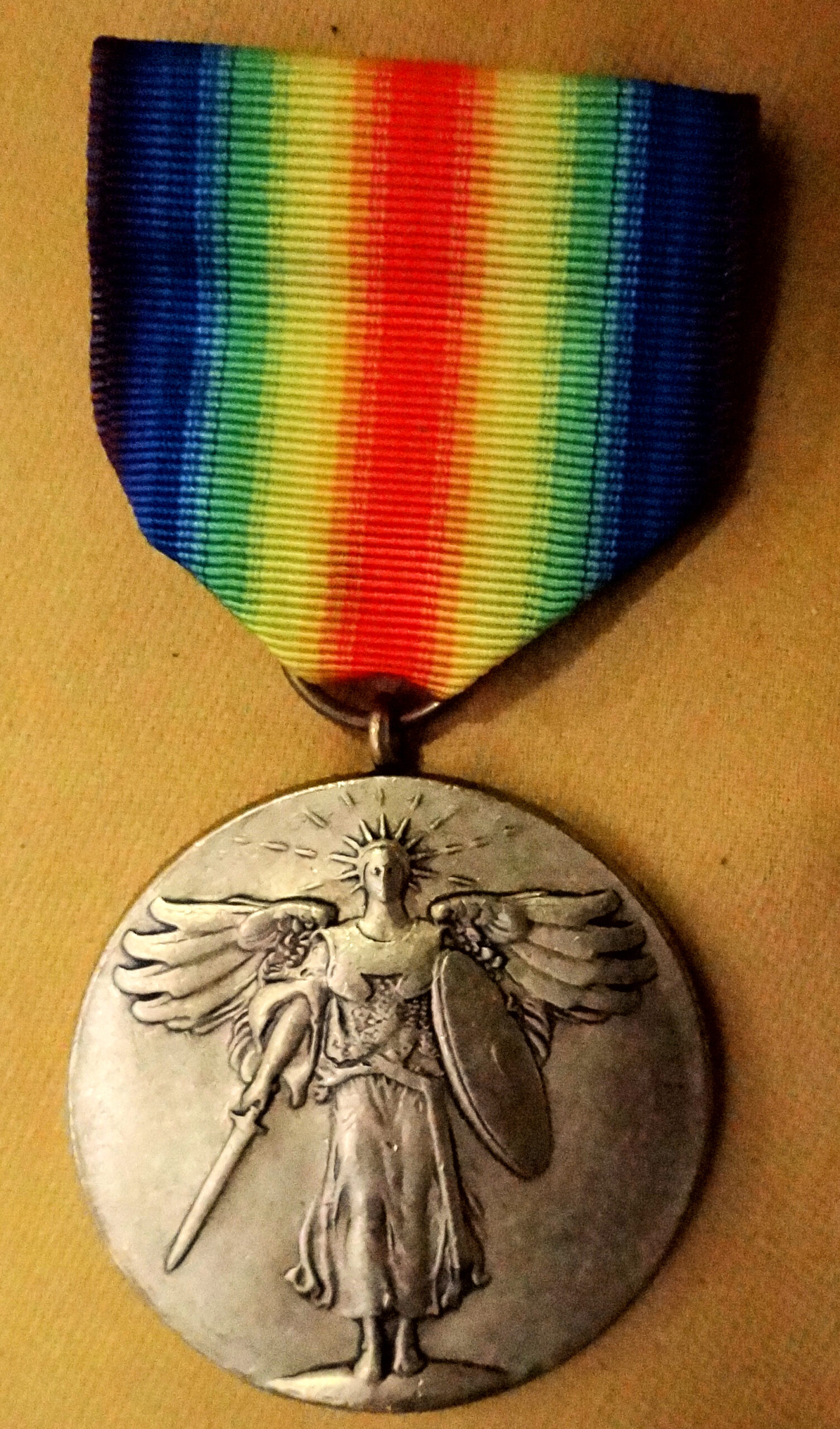
The award was given to honor soldiers during World War I. The words engraved in the back of the medal, "The Great War For Civilization," still feel incredibly pertinent to the battle for LGBT rights.
Each color in the original eight-stripe flag represents something different.
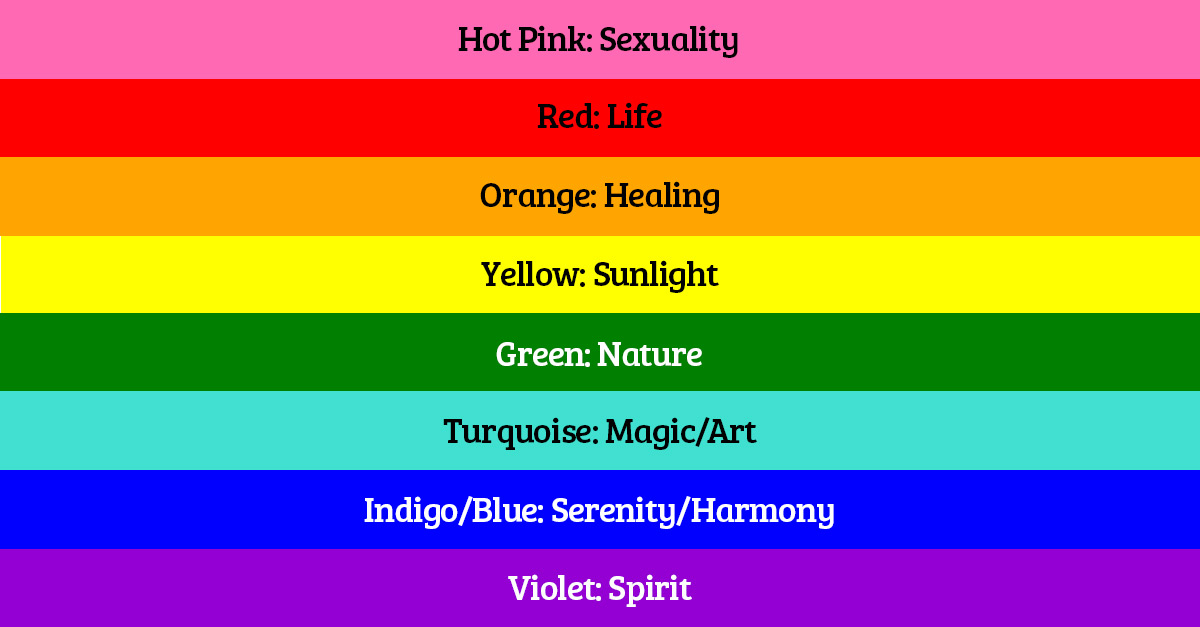
Eventually some of the colors would be removed but the meaning would remain the same.
Though the flag debuted in June, 1978, it did not rise in popularity until Harvey Milk was assassinated later that year on November 27.
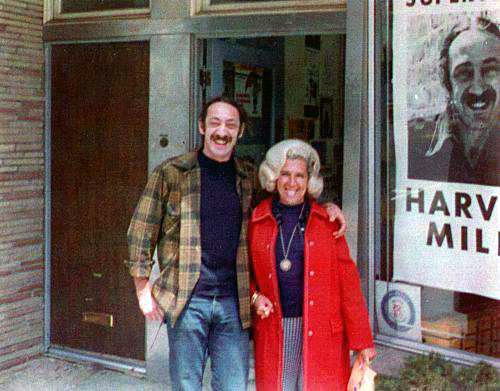
After the assassination of Harvey Milk (pictured here with his sister-in-law Audrey Milk), the demand for the Rainbow Flag increased.
In 1979, the flag saw its first modification. The pink stripe was removed.
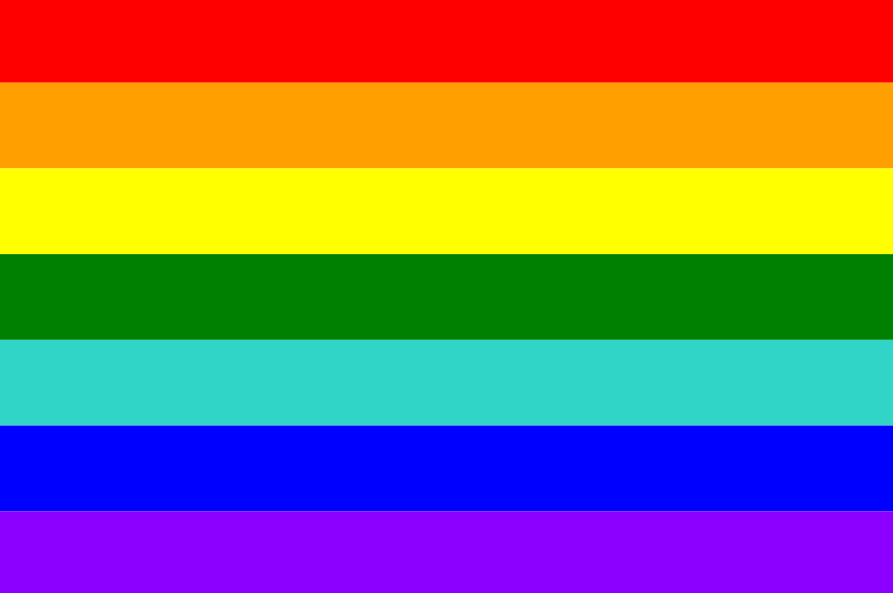
To meet the demand, the Paramount Flag Company began selling a stock version with the pink stripe missing due to unavailability of the fabric. Gilbert Baker followed suit.
In 1979, the flag was modified again because the center stripe was obscured.
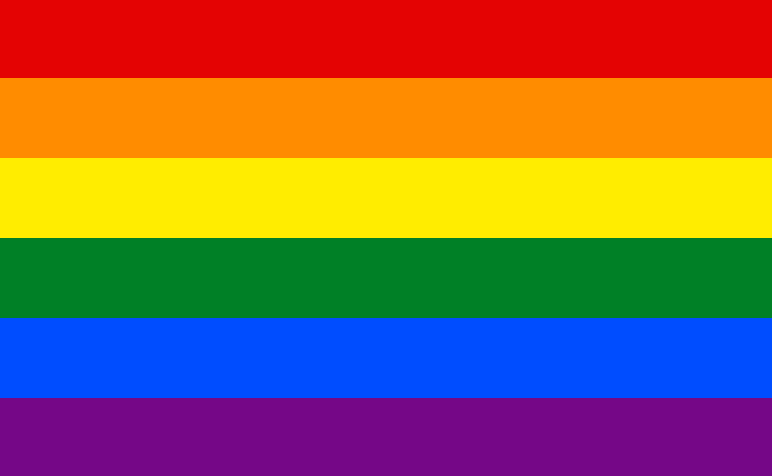
In order to make each color highly visible, the flag was changed to include only six colors.
The flag did not receive national attention until 1988.
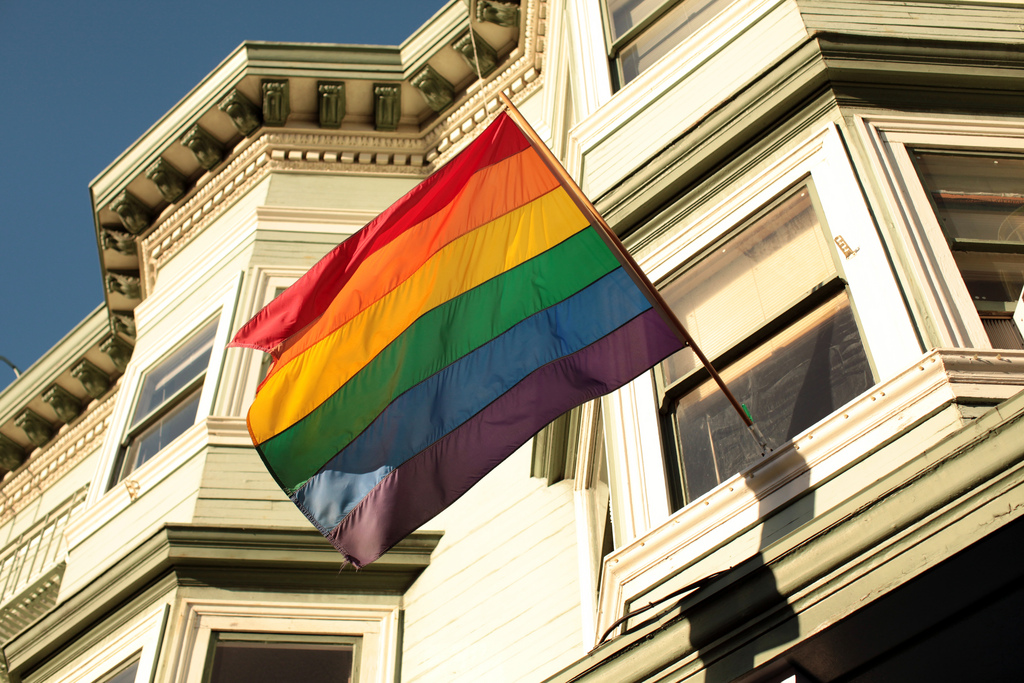
In 1988, John Stout sued his landlord for prohibiting him to hang a Rainbow Flag out of his West Hollywood apartment window. He won.
In 1994, the Rainbow Flag entered the Guinness Book of World Records.
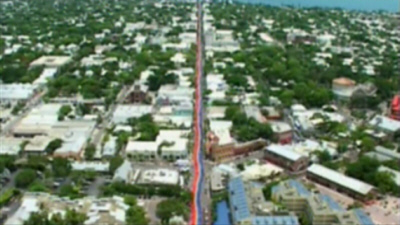
Gilbert was commissioned to create the world's largest Rainbow flag to honor the 25th anniversary of the Stonewall Riots. The flag was a mile long and entered the Guinness Book of World Records as the world's largest flag.
The Rainbow Flag has become the international symbol for LGBT pride.
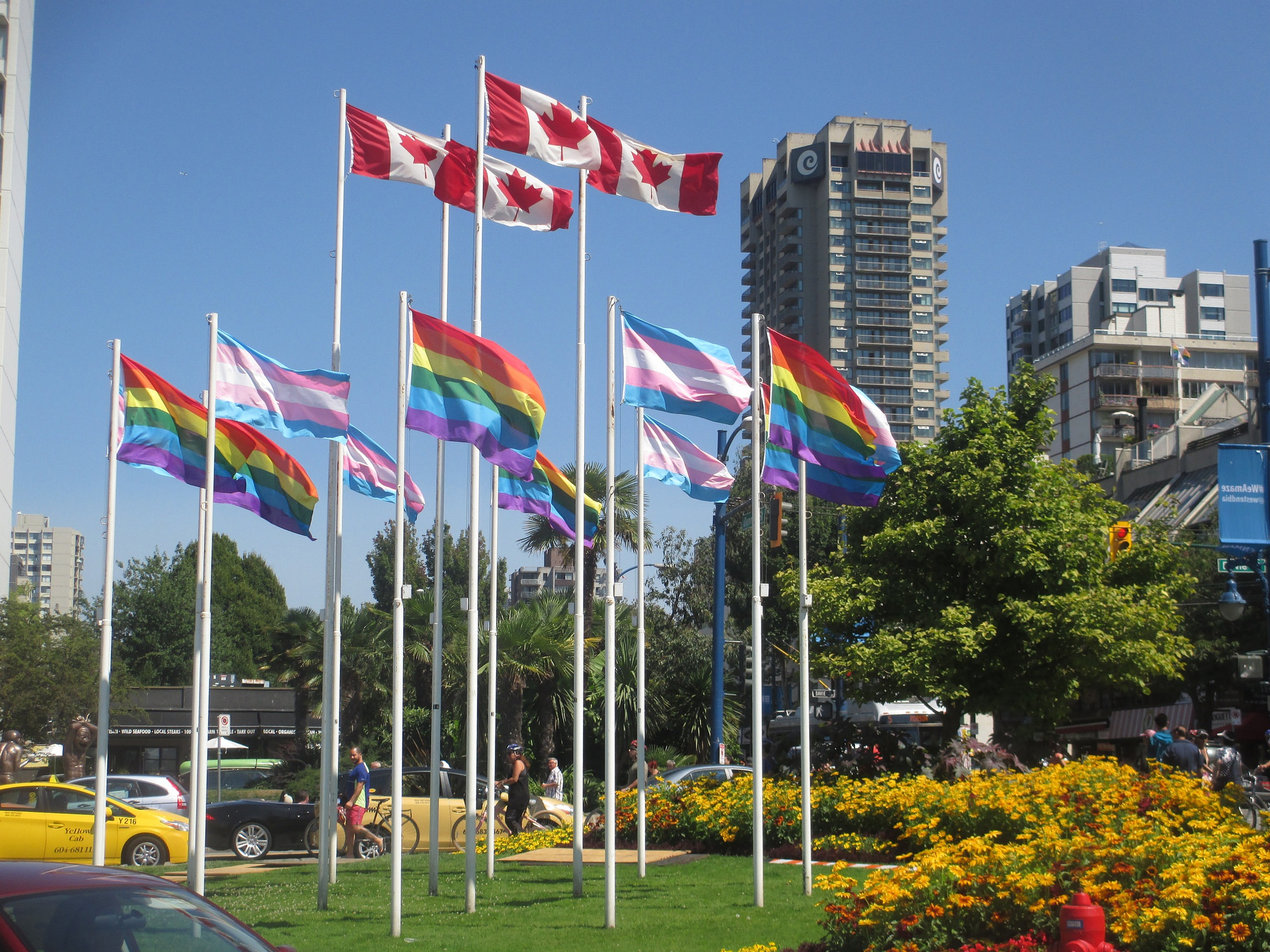
Countries all over the flag have adapted the Rainbow Flag for their own LGBT rights movements.
But the Rainbow Flag also signifies safety for LGBT.
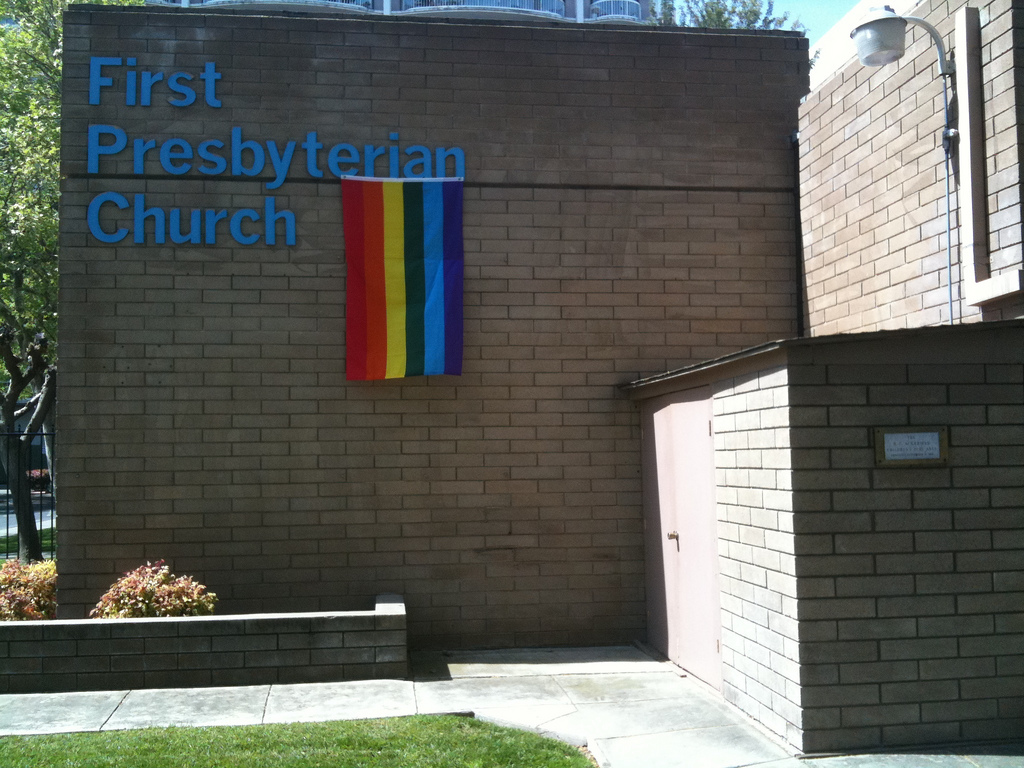
When we see a business or institution proudly fly the Rainbow Flag, we know that it's a safe space for members and allies of the LGBT community.
Today, it's hard to imagine any LGBT pride event without a sea of Rainbow Flags.
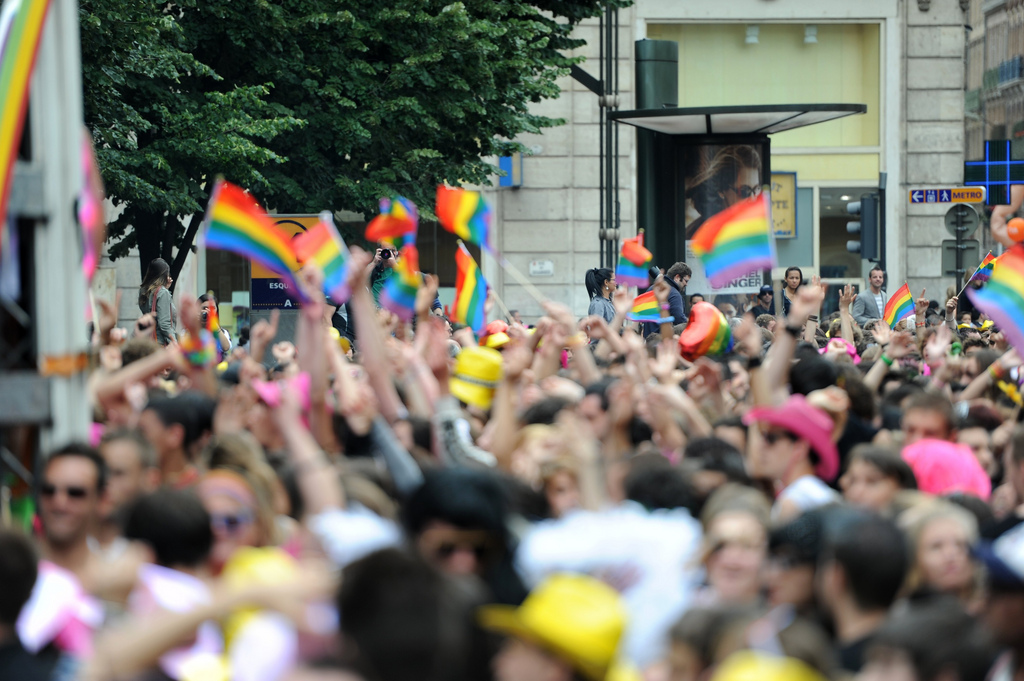
Rainbows have almost become synonymous with LGBT pride.
